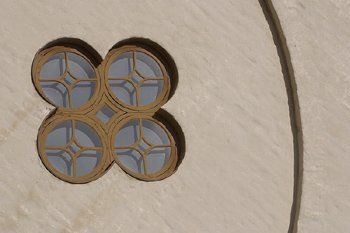The San Martin Neighborhood Alliance is urging its members to attend at least one of two public meetings this week regarding Santa Clara County’s proposed modifications to General Plan land use policies that could “significantly impact San Martin,” according to an SMNA statement.
SMNA officials believe the proposed changes could pave the way for the construction of projects such as the controversial Muslim mosque—proposed in 2012 as the Cordoba Center—and, according to the county, are related to the Federal Religious Land Use and Institutionalized Persons Act.
“These proposed modifications directly follow the application to Santa Clara County for establishment (of) the Cordoba Center,” according to a statement from the SMNA. “The local community has continued to take the stand that this development is not appropriate in the rural community of San Martin.”
The meetings, hosted by county staff, will be held 6 p.m. on Wednesday, Feb. 25 at the Gilroy Public Library’s Community Room (2nd floor, 350 W. Sixth Street) and at 6 p.m. on Thursday, Feb. 26 at the Hillview Branch Library’s Community Room (1600 Hopkins Drive in San Jose).
To review the draft changes, visit sccgov.org/sites/planning.
The Cordoba Center proposal, which once planned to be on a 15-acre parcel just north of the intersection of Monterey Road and California Avenue, included a 5,000-square-foot prayer hall, 2,800-square-foot multi-purpose hall, a two-acre cemetery and children’s play area. Project plans were originally approved with permit restrictions recommended by the County Planning Commission, including a daily attendance limit of 80 people, with a maximum of 150 four times a year for special events.
However, the project developer—the South Valley Islamic Community—withdrew their plans after becoming the subject of a lawsuit filed by a group of San Martin residents who claimed they were worried about the project’s impact on groundwater and the surrounding environment.
The Cordoba Center was the subject of a number of public hearings throughout South County during the review process in 2012. Many of these meetings drew hundreds of residents voicing a wide variety of concerns, from potential environmental impacts to fear of a Muslim presence in the rural community.








